Drones could be applied to far diverse applications than just cinematic marvel. In an interaction with Sify.com, a Hyderabad based entrepreneur narrates the diverse opportunities and experiences.
Drones remained a figment of imagination for nearly a century despite the world’s first unmanned aerial vehicles (UAV) ready by 1917. For half a century, drones or UAVs remained a strategic military tool for example the one used by the American army in Vietnam.
By 2000, commercial applications were limited to toy quadcopters although brands such as Parrot and DJI had entered the scene. In 2012, the bond-classic ‘Skyfall’ featuring Daniel Craig showed cinematic frames that had been captured by a drone.
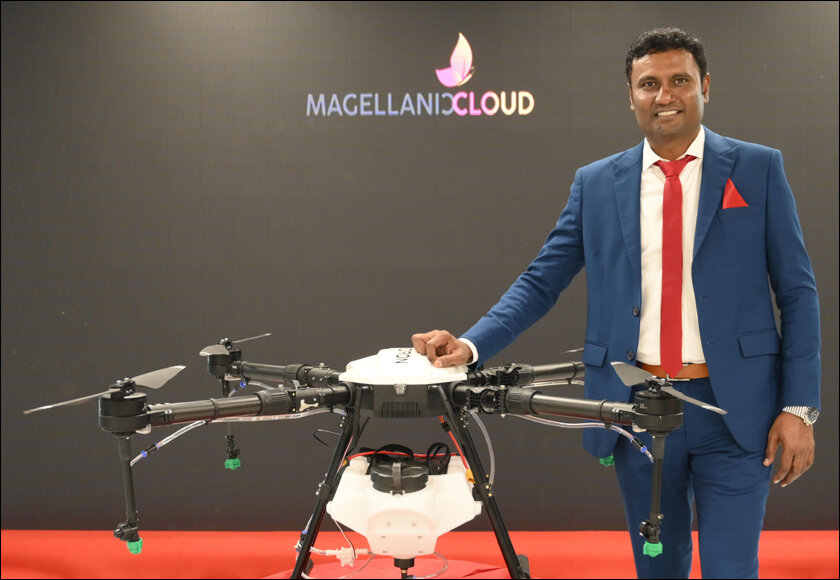
In recent years, drones have found larger acceptance thanks to the ease of supply. Their availability has also opened diverse applications. Opportunities in India’s drone chapter were a compelling proposition that motivated Joseph Thumma, the CEO with Magellanic Cloud (Scandron), to consider relocating to Hyderabad from Dallas.
Joseph narrates the opportunities and observations in an interaction with Sairaj Iyer of Sify.com. Edited excerpts:
Sairaj Iyer: How did you venture into Drones from a predominantly service-based model such as offering enterprise solutions and Cloud?
Joseph Thumma: I follow trending technology and observe how nations adopt innovations. IoT based sensors were an interesting area enabling digital transformation. Aspects such as the hardware of sensors and their data collation were innovative. Also, as an angel investor, first-hand experiences in edge computing, Computer Vision, AI, Drones, and different algorithms showed great promise in solving some complex problems.
Secondly, back home we had a strong business-demand for drones. Drones were necessary in sectors such as farming and there was a huge demand since India had banned imports from China owing to security concerns.
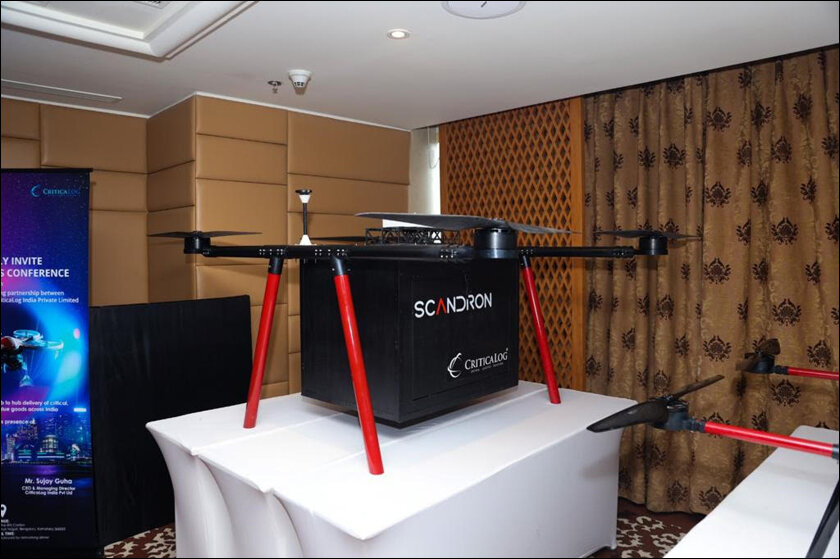
(Image Credit: Scandron)
Could you explain what kind of opportunities you experienced?
We were working with names such as DRDO, ISRO, Indian Army and others. Through RFPs (Request for Proposals) we realised the scope for logistics or cargo drones. In fact, the big challenge for an entity as large as the Indian army was the delivery of supplies across tough terrains such as Siachen or Tawang. Delivering essential supplies in such terrains was not only expensive but also involved delays and additional resources.
With this experience, we created a product that could deliver payloads ranging from 40 to 50 kilos across a distance of 5 to 20 kilometres. Today we have drones that could handle spraying of pesticides across large farms as well as perform logistics of high-value goods such as a Rolex watch in under an hour.
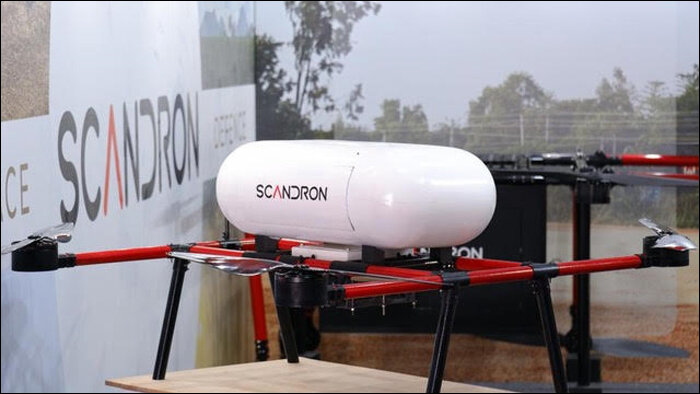
How was it working with the Indian Army?
It is a proud moment and encourages us to solve critical problems. It was a learning experience which helped us create different models for different needs. Also, policies under the Make-in-India scheme were encouraging to get things done – be it low-level design, fine-tuning, and everything else. We spent Rs 40 crores in the research and development of drones in India.
With regards to drones, how close are we to receiving our Swiggy or Zomato orders delivered to our balconies?
We are working in that area and doing several validation studies for point-to-point deliveries. But the business model may not be a delivery-to-balcony. Rather, it would be the current model except that a delivery person would pick-up from a centralised hub. In other words, the last-mile delivery of 500 metres to a kilometre would be done by a human.
Previously, Amazon had experimented with a working model of an end-to-end drone delivery but had to discontinue owing to privacy concerns. Drones certainly can help reduce time taken to deliver food but the usage would also depend on local laws.
What are some essential for enterprises considering a drone deployment?
First, the safety aspect. Second, the purpose. And then, evaluating the RoI (Return on Investment) based on the variety of drones in the market. From a safety perspective, enterprises should identify a crash-landing spot and have a quick response team to identify and resolve issues asap. After evaluation of purpose, organisations must introspect on the purpose-based calculation and accordingly determine a model based on weight and purpose.
On the software side, should enterprises seek integration with ERP, CRM, or CBS (Core Banking Software)?
The business may demand specific use-cases but currently such an integration is not straight and easy. It is doable through APIs, cloud, and designing of user-based controls. Ideally, it is better to separate drone footage from enterprise software. Currently, most organisations use drones as self-operated and restrict its usage within a single command box. Video or pictures are taken separately from other systems.
Drones are going the CCTV way from a public infrastructure perspective with several cities considering a drone for better security. Where should one draw the line between privacy and security?
Public areas have installed a huge number of CCTVs already and privacy here may not be a challenge. But, cameras and drones in small confined spaces such as apartments could intrude privacy. There is a need for policies and certain controls. For drones, both organisations and governments need to have policies outlining controls. These could be restrictions such as no-fly zones.
But we need drones to do more than just security. We could use them to analyse and come up with solutions to complex problems of rural and urban India. For example, we observe traffic posts getting congested even during non-peak hours. A CCTV could help provide data to analyse such problems and from thereon apply solutions to solve such problems.
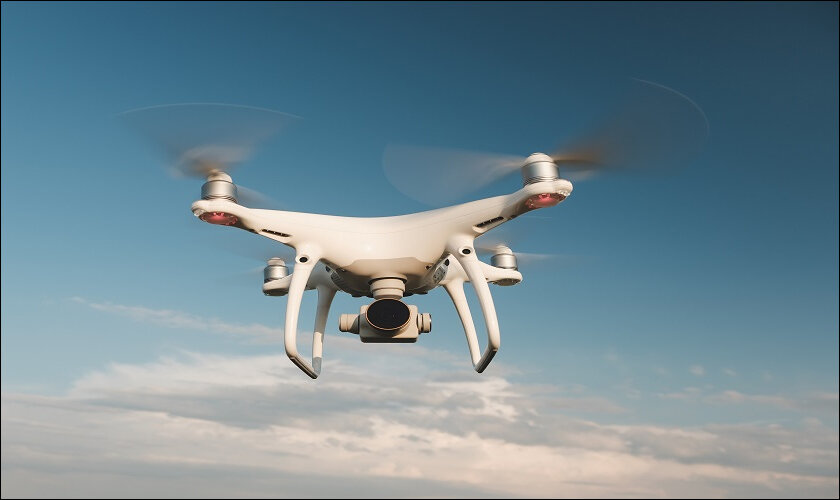
Lastly, do you think drones could get affordable soon? Currently some models may cost upwards of five lakhs.
India has discontinued the direct-import of drones above 500 grams from China keeping in mind the security concerns. Moreover, the current environment of chip-scarcity has also added to supply worries. But this situation may change soon given the strong focus on make-in-India.
We are observing basic manufacturing and assembly, but soon may observe nuances such as component-manufacturing and framing such as carbon-fibre moulding. These would give us the advantage in reaching an economies of scale model and bring down the costs for the end-consumer.
In case you missed:
- None Found



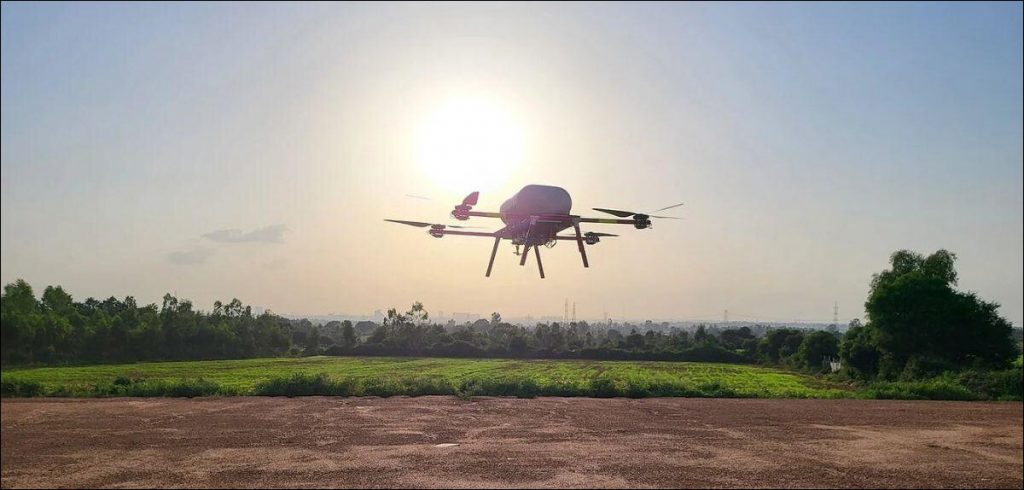

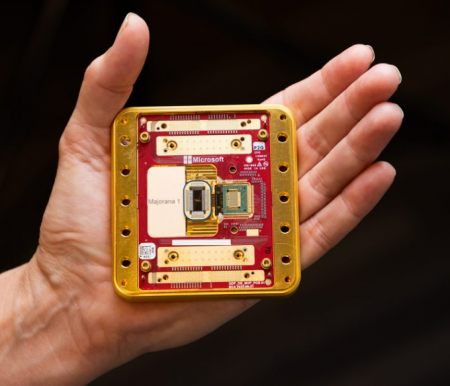


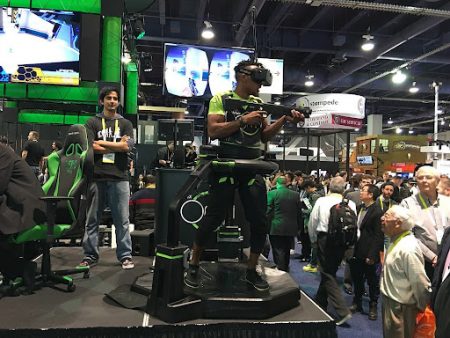
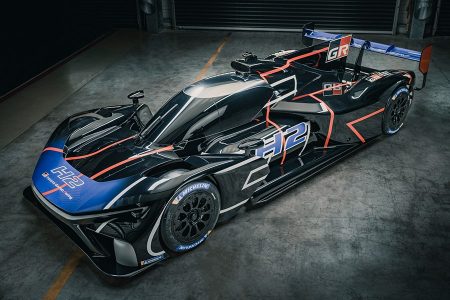
1 Comment
An exciting journey from Dallas to Hyderabad in pursuit of drones! Your blog beautifully captures the adventurous spirit of exploring the world of unmanned aerial vehicles. The global perspective adds a fascinating layer to the narrative, and the transition from Dallas to Hyderabad offers a unique blend of technological exploration and cultural immersion. I look forward to more insights and discoveries as you navigate the skies and share your experiences with drones in these diverse settings. Safe travels and happy droning!